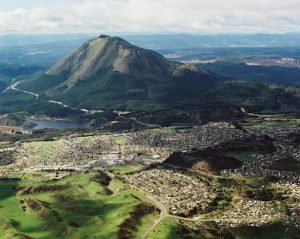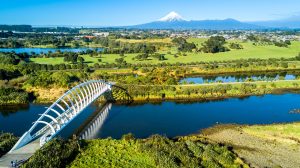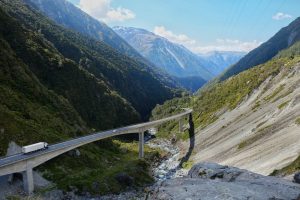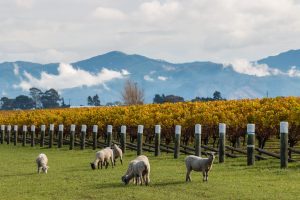A report suggests that New Zealand farms could reduce their greenhouse gas emissions by sourcing a common fertilizer from local mines instead of importing ‘blood phosphate’. The report was produced by mining company L&M Group and consultancy Agribusiness Group, and was funded by the publicly funded Our Land and Water National Science Challenge.
Phosphate, which makes up about half the fertilizer used in New Zealand, enhances plant growth but can pollute waterways if overused. A separate international study found that many farmers globally overuse phosphate, causing unnecessary pollution, while others do not have enough to maximize food production.
The authors of the international study warned that phosphate, which is not renewable, should be used more sparingly to last longer than 500 years. As of 2021, New Zealand was the ninth largest phosphate importer in the world, with 51% of its supply coming from Morocco, followed by Togo and China.
The report suggests that mining phosphate locally could have about half the environmental impact of importing it. It also noted ethical benefits, as it would address political and social issues related to the use of ‘blood phosphate’ from Western Sahara, a contested region annexed by Morocco in the 1970s.
However, the report acknowledged that open-cast mining, similar to quarrying limestone, would have environmental effects. It also suggested that New Zealand could potentially produce a slower-release form of the fertilizer, which would be less likely to pollute lakes, rivers, and aquifers. Currently, 64% of river lengths in New Zealand have phosphorus concentrations at levels posing an environmental risk.
L&M Group has identified potential phosphate deposits in Clarendon, Otago, North Canterbury, and Kaikōura.

















































(1)-360x245.jpg)










